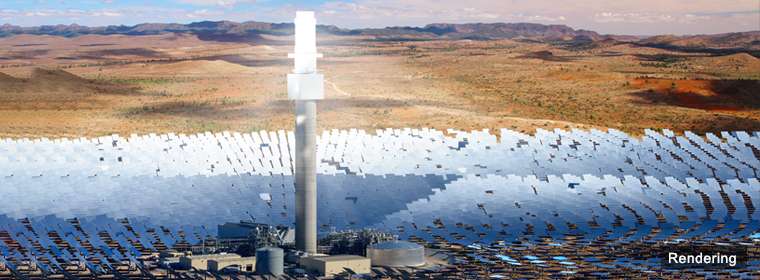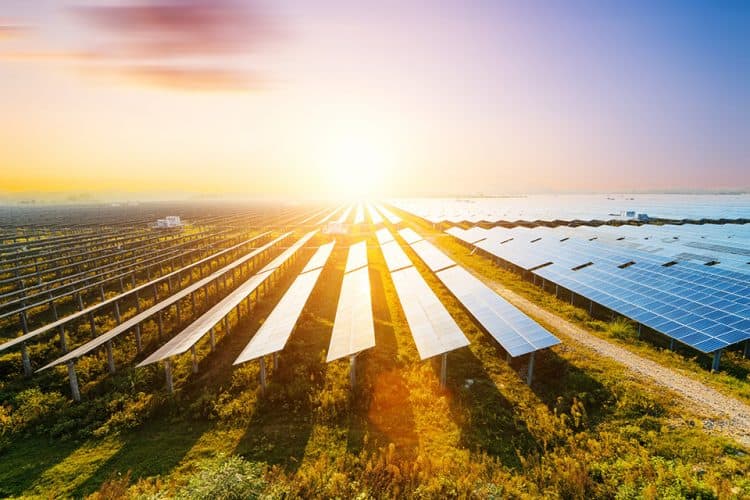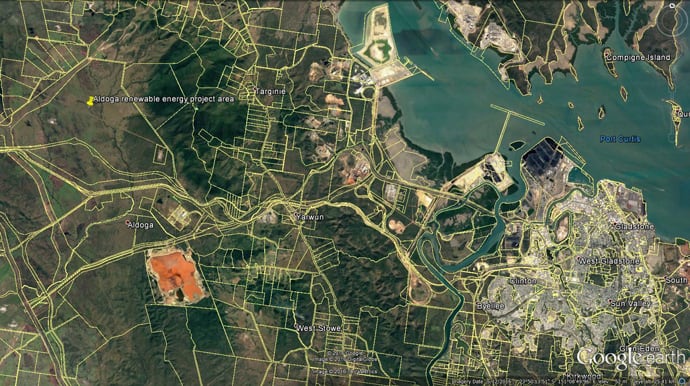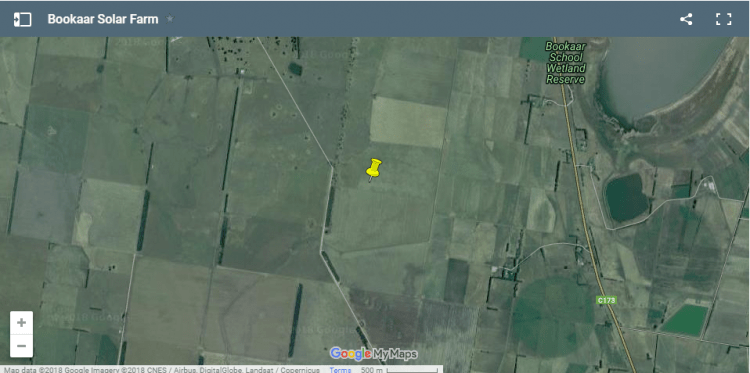The dozens of solar farms in various stages of construction or approval in Queensland are being flooded with ‘solar backpackers’ – with local staff being eschewed due to the perception of being too difficult to manage. This has led to a situation where ‘solar backpackers’ are being employed instead of local staff as it’s easier for the companies.
Solar Backpackers and Solar Jobs
According to the ABC, in the last fortnight Workplace Health and Safety Queensland and the Electrical Safety Office conducted inspections across many of Queensland’s regional solar farms. 30 Notices were issued to various companies – this includes 23 breaches of the Work Health and Safety Act and seven breaches of the Electrical Safety Act.
Industrial Minister Grace Grace discussed the issues and advised that a new Code of Practice will be released by the end of the year:
“With the construction of solar and wind farms expanding throughout Queensland, we must ensure electrical safety is paramount,” she said.
“While there is a robust system in place to ensure the highest levels of safety, we are far from complacent and we want to ensure world’s best practice in this area.
“Following the completion of the solar code, a similar process will be undertaken to develop a separate code of practice for wind farms,” she said.
The Australian Border Force have also become involved, but haven’t confirmed any instances of ‘illegal workers’ or ‘worker exploitation’:
“The Australian Government is committed to ensuring that Australian workers have priority and that foreign workers are a supplement to, and not a substitute for, Australians,” an ABF spokesperson said.
“The Working Holiday Maker (WHM) visa allows ‘backpackers’ to stay and holiday in Australia for up to 12 months, work in Australia for up to six months with each employer, study for up to four months and leave and re-enter Australia any number of times while the visa is valid.
“WHM visa holders can undertake any kind of work with any employer during their stay in Australia as long as they do not work more than six months with that employer.”
List of Solar Farms in Queensland (Information from abc.net.au)
| Company | Solar Farm | Area | Size | Owner | Solar Jobs Created |
|---|---|---|---|---|---|
| Biosar Energy | Childers | Bundaberg | 120MW | Elliott | 200 |
| Biosar Energy | Susan River | Fraser Coast | 100MW | Elliott | 300 |
| Biosar Energy | Oakey Solar Farm Stage 2 | Toowoomba | 70MW | Canadian Solar | 200 |
| Downer Group | Ross River Solar Farm | Townville | 148MW | Palisade | Unknown |
| Downer Group | Clare Solar Farm | Burdekin | 100 MW | FRV | Unknown |
| Downer Group | Sunshine coast Solar Farm | Sunshine Coast | 15MW | Sunshine Coast City Council | Unknown |
| Acciona | Lilyvale Solar Farm | Central Highlands | 100MW | Fotowatio Renewable Ventures | Unknown |
| CIMIC Group & UGL Limited | Collinsville Solar Project | Whitsunday | 42.5MW | Ratch Australia | 120 at peak |
| RCR Tomlinson | Darling Downs Solar Farm | Western Downs | 110MW | APA Group | 3,000 across eight projects |
| RCR Tomlinson | Daydream Solar Farm | Whitsunday | 180MW | Edify Energy | 3,000 across eight projects |
| RCR Tomlinson | Hayman Solar Farm | Whitsunday | 60MW | Edify Energy | 3,000 across eight projects |
| RCR Tomlinson | Longreach Solar Farm | Longreach | 15MW | Canadian Solar | 3,000 across eight projects |
| RCR Tomlinson | Oakey Solar Farm Stage 1 | Toowoomba | 25MW | Canadian Solar | 3,000 across eight projects |
| RCR Tomlinson | Sun Metals Solar Farm Stage 1 | Townsville | 124MW | Sun metals Corp | 3,000 across eight projects |
| RCR Tomlinson | Emerald Solar Park | Central Highlands | 72MW | Renewable Energy Systems | 3,000 across eight projects |
| RCR Tomlinson | Haughton | Burdekin | 500MW | Pacific Hydro | 3,000 across eight projects |
| Bouygues Construction Australia | Hamilton Solar Farm | Whitsunday | 69MW | Edify Energy | 325 |
| Tranex | Whitsunday Solar Farm | Whitsunday | 69MW | Edify Energy | Approx. 60 |
| Beon Energy | Hughenden Solar Farm | Flinders | 20MW | BayWa r.e | 100 |
| Windlab and Erus Energy | Kennedy Energy Park | Flinders | 60MW | Windlab | Approx. 130 to 140 |
| Yarranlea | Yarranlea Solar Farm | Toowoomba | 121MW | Risen Energy | 200 proposed positions |
| Adani | Rugby Run Solar Farm Stage 1 | Isaac Region | 65MW | Adani Renewables | 150 proposed jobs |





